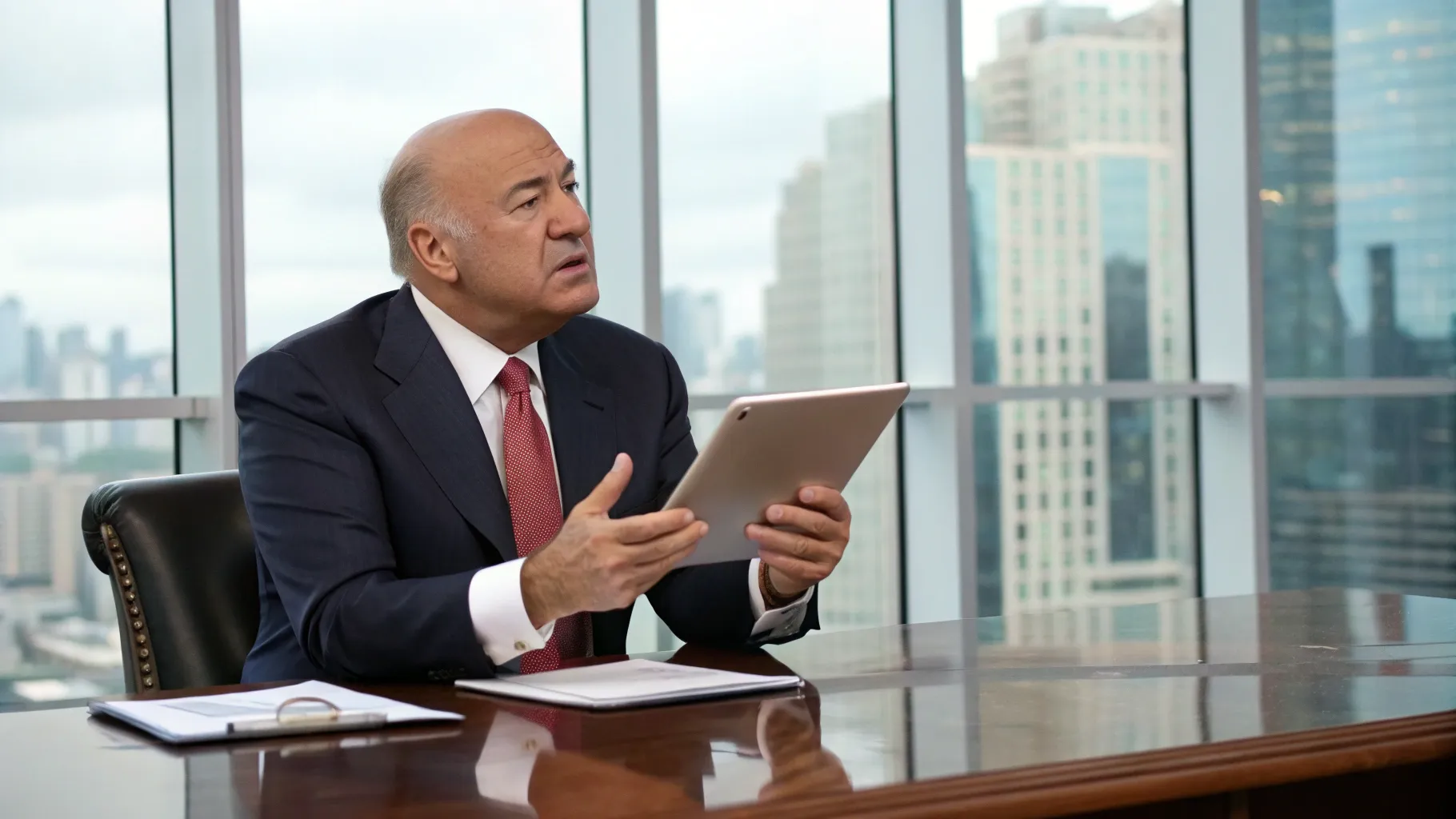Investor Kevin O’Leary outlined possible outcomes of Donald Trump’s tariff strategy in a recent appearance on The Big Money Show, pressing a central question for markets and manufacturers: What is the endgame? The discussion framed the who, what, when, where, and why around tariffs as a tool for negotiation, industrial policy, and revenue, while flagging the trade-offs for businesses and consumers.
Tariffs have been a recurring feature in U.S. trade debates. They influence pricing, supply chains, and corporate planning. O’Leary, the chairman of O’Leary Ventures, focused on how a tariff playbook might unfold and how companies should prepare for new costs, shifting suppliers, and potential retaliation from trading partners.
Why Tariffs Are Back in Focus
Tariffs are import taxes. Companies
pay them at the border and often pass the cost on to consumers. Supporters argue that they can shift production back to the U.S., enhance their bargaining power with trading partners, and increase federal revenue. Critics
warn that they increase prices, create uncertainty, and invite countermeasures that hurt exporters.
Past
tariff waves showed uneven impacts. Some domestic producers gained short-term price support, while downstream manufacturers faced higher input costs. Retailers grappled with thinner margins or higher sticker prices. O’Leary emphasized that corporate strategy now hinges on clarity about scope, timing, and targets.
O’Leary’s Market Lens
Speaking as a dealmaker and investor, O’Leary framed tariffs as a negotiating instrument that could be deployed selectively. He raised issues executives watch closely: whether rates would be broad or targeted, how long measures would last, and what the offramp looks like if goals are met.
- Leverage: use tariff threats or temporary rates to win concessions.
- Reshoring: direct capital toward U.S. production and key suppliers.
- Revenue: collect duties to fund domestic priorities.
- Certainty: deliver clear timelines so firms can plan capital spending.
For investors, he suggested the winners could include firms with flexible supply chains, domestic producers in protected sectors, and logistics companies adept at rerouting freight. The pressure points are likely in small manufacturers that rely on imported parts and can’t easily switch vendors.
Industry Reactions and Trade-Offs
Executives often split on tariffs. Heavy industry and some metals producers tend to support them when they shield domestic capacity. Consumer goods companies, auto suppliers, and electronics assemblers warn that higher costs ripple through shelves and showrooms.
Economists typically find that import duties are passed on to prices over time. The effect varies by product and competition. When substitutions are available, buyers switch to lower-cost sources. When products are specialized, the added costs stick. O’Leary’s comments echoed that planning now requires mapping the bill of materials and finding backup suppliers.
What Businesses Are Watching
Companies are pressure-testing their operations against possible tariff paths. Risk teams model scenarios that range from targeted duties on strategic goods to broader rate increases on consumer imports. The variables include timing, exemptions, and whether trading partners respond in kind.
- Supply chain flexibility: can inputs shift quickly.
- Pricing power: can firms pass on higher costs.
- Inventory strategy: pre-buying versus just-in-time.
- Capital plans: invest domestically or wait for clarity.
O’Leary highlighted that clear policy timelines can reduce uncertainty premiums in markets. Without them, firms may delay hiring and investment, waiting to see where duties land and how long they endure.
The Policy Endgame
If tariffs are used as leverage, the desired outcome could be new trade terms, expanded market access, or security-focused restrictions on strategic sectors. If the goal is reshoring, durable incentives and infrastructure support may be necessary to secure new capacity. If revenue is central, policymakers must weigh the benefits of collections against the impact on consumer prices.
Balanced execution matters. Targeted measures with clear objectives, staged reviews, and transparent exit ramps reduce uncertainty. Broad, open-ended
actions increase the odds of price shocks and global pushback.
The latest discussion yields a straightforward takeaway for executives and investors: prepare for multiple trade scenarios and incorporate flexibility into supply chains. O’Leary’s focus on endgame clarity mirrors what boardrooms seek from policymakers—specifics on scope, timing, and goals. Watch for policy drafts, sector exemptions, and any signs of coordinated responses from significant trading partners. Those signals will shape pricing, investment, and hiring decisions in the months ahead.





